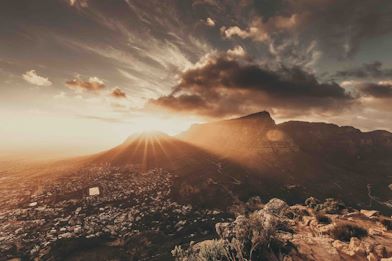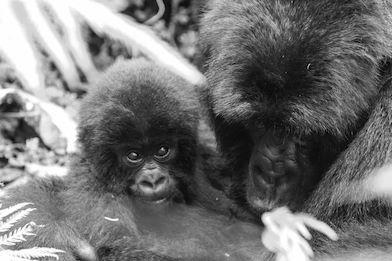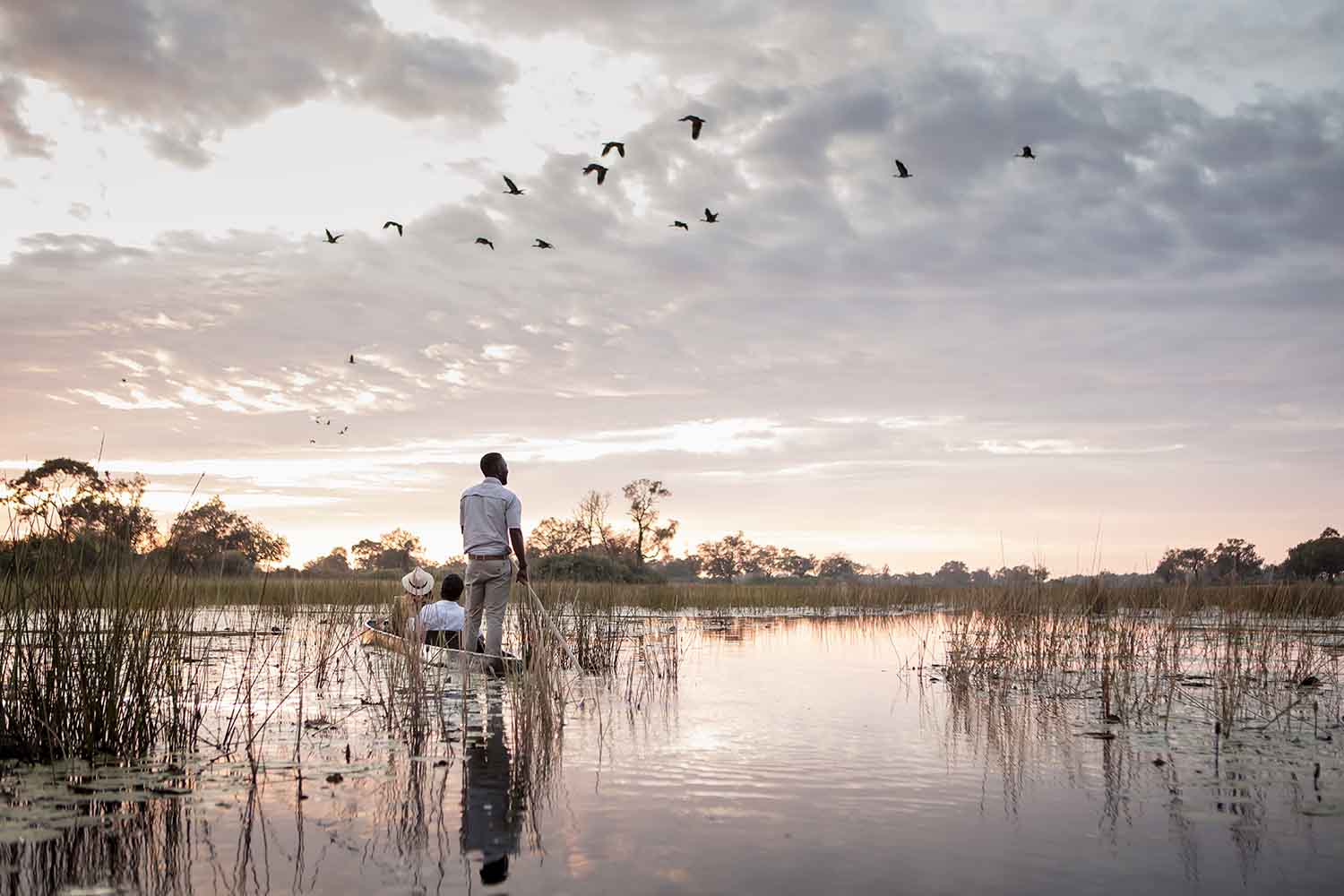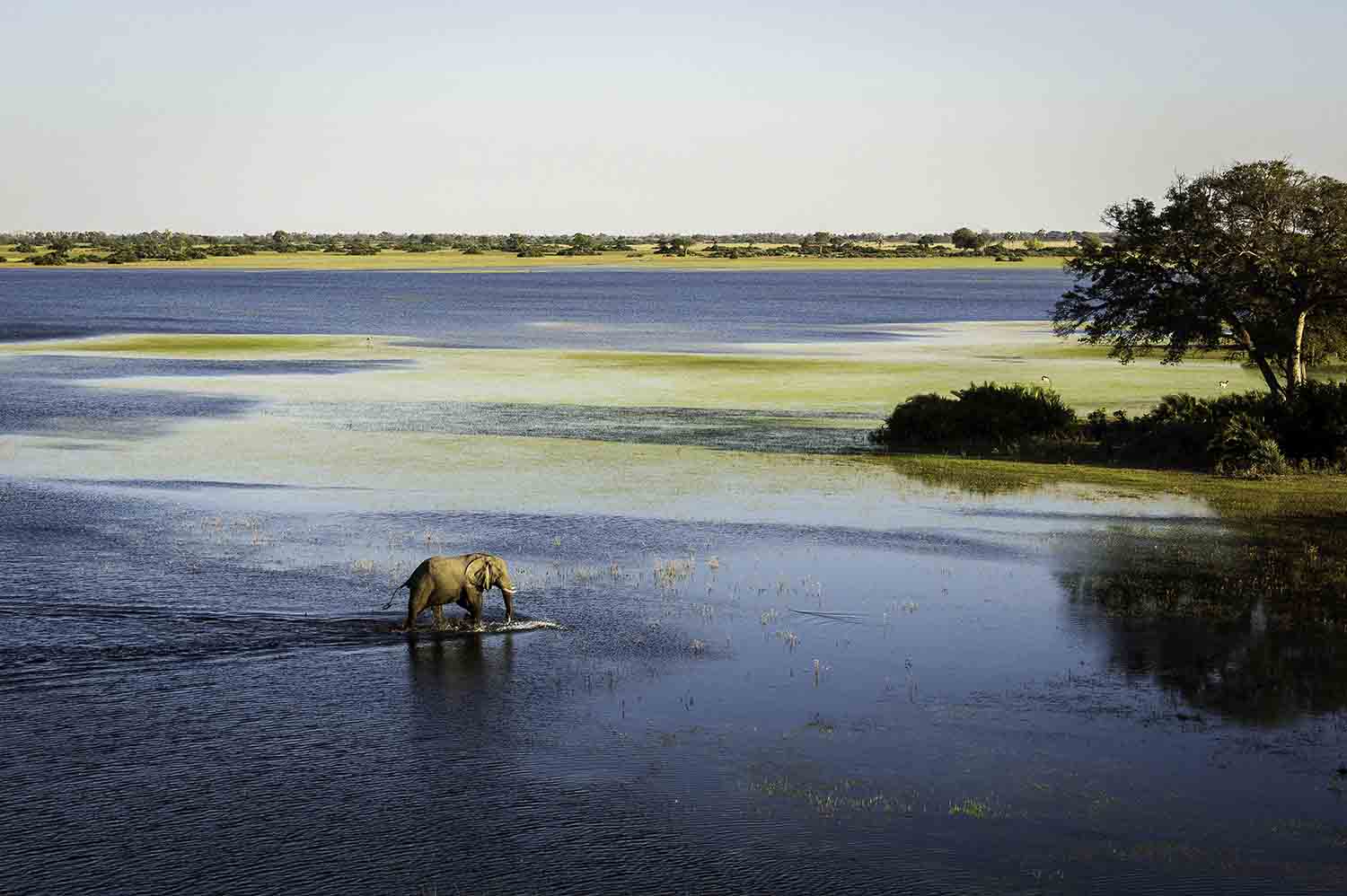Botswana
The Okavango Delta: Understanding the pulse of Africa’s last wetland wilderness
Your Guide to Africa
Experiences
Lauren Dold
8/29/2024
Africa's Wetland Wilderness

The Source: the Journey begins in Angola
Timeline of the flood
Impact on wildlife and tourism
Wilderness Jao
Wilderness Little Tubu
Wilderness Chitabe
Wilderness Qorokwe
The role of rain in the Delta
More to discover

Wilderness Touring’s 5 best Cape Town tours
The 5 best tours to do in Cape Town with Wilderness Touring. From the Cape Peninsula to the Cape Win...
Read moreTao Varty
12.06.2025

7 Romantic Safaris … Fall in Love with Botswana
There are few experiences in life that match up to the romance of a safari. When it comes to travell...
Read moreKate MacWilliam
09.06.2025

Best of Cape Town and Botswana
Join us on this 12-night adventure, a seamless holiday between two worlds that will have you dreamin...
Read moreLauren Dold
27.05.2025

7 reasons Wilderness Chitabe offers an exceptional Okavango safari
Dig deeper into what makes Chitabe one of the best safari camps in Botswana for predator sightings a...
Read moreMerryn Haller
08.05.2025

Observations of a gorilla trek in Rwanda
Kate MacWilliam – Group Head of Marketing at Wilderness – travelled to Rwanda, and Wilderness Bisate...
Read moreKate MacWilliam
12.02.2025

Let’s plan your next journey
Ready?
When we say we’re there every step of the way, we mean it, literally. From planning the perfect circuit, to private inter-camp transfers on Wilderness Air, and easing you through Customs. We’re with you on the ground, at your side, 24-7, from start to finish. Ready to take the road less travelled? Contact our Travel Designers to plan an unforgettable journey.



